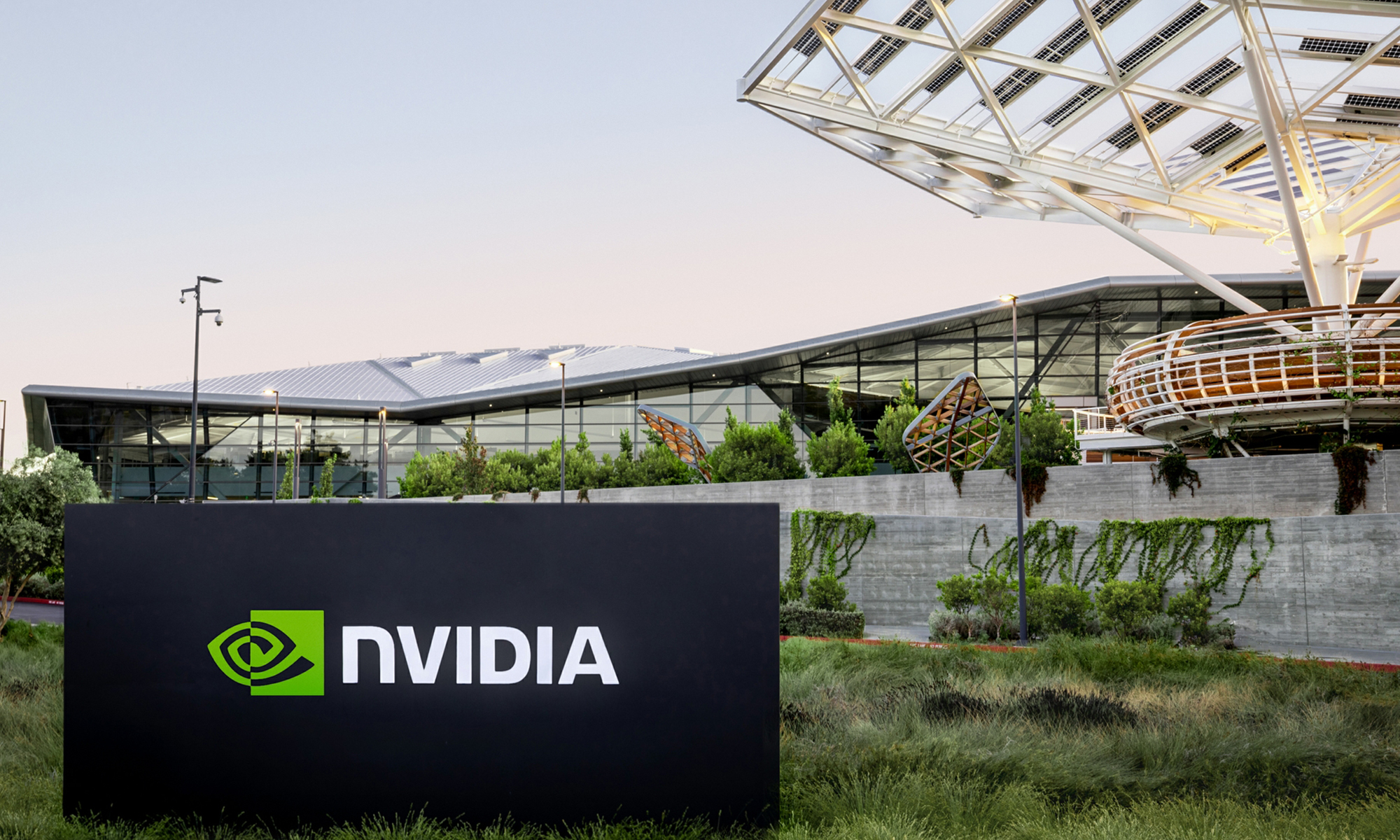Investors have ignored NVIDIA's (NVDA 0.32%) shortcomings this year. This is evident from the stock's terrific rise in 2019 that has been achieved despite tumbling top and bottom lines.
The graphics specialist, however, seems to be on the road to recovery. According to NVIDIA's latest quarterly report, the company has managed to arrest the slide in its revenue and earnings to a large extent. There was strong sequential growth across most business segments, and analysts expect the trend to continue into 2020.
Analysts from Jefferies recently reiterated a buy rating on NVIDIA shares. The investment banking firm has a price target of $255 on the stock, believing that it should be able to deliver more upside thanks to the gaming and artificial intelligence markets.
But will it be a good idea to bet on NVIDIA stock based on these catalysts -- especially gaming, as it accounts for 55% of the top line? Let's find out.
NVIDIA's gaming business is getting better
NVIDIA's gaming business has not been in great shape this year as graphics card demand and prices plummeted in the aftermath of the cryptocurrency bust. However, graphics card demand is now coming back. The company's gaming segment reported sequential growth of more than 26% in the fiscal third quarter.
What's more, NVIDIA seems to be gaining against archrival Advanced Micro Devices (AMD +0.10%) in the graphics processing unit (GPU) market. Jon Peddie Research reports that NVIDIA's graphics card market share in the third quarter of 2019 increased to nearly 73% from 68% in the second quarter.

Image source: Getty Images.
There was a slight drop in NVIDIA's share on a year-over-year basis. But the sequential gains should be given more weight, as NVIDIA managed to score significant gains despite AMD's new launches. AMD didn't go full throttle and the performance of its graphics cards wasn't enough to beat NVIDIA's flagship offerings hands down. Still, AMD's benchmarks indicate that its cards offered more for the money on a performance-to-price basis.
The fact that NVIDIA still managed to sell more GPUs than AMD in the third quarter is commendable. This can be attributed to key differences like ray-tracing technology, which NVIDIA offers but AMD does not.
Looking ahead, there's the possibility of NVIDIA sustaining its supremacy because AMD's latest RX 5500 XT GPU is not as impressive as its NVIDIA counterpart, according to third-party reports. AMD has also priced the new graphics card higher than NVIDIA's GTX 1650 Super, losing the value-for-money advantage that it has been counting on so far.
On the other hand, NVIDIA is expected to launch graphics cards based on the 7-nanometer architecture next year. The company has been using a 12-nanometer manufacturing process so far while AMD's latest GPUs are based on the 7-nanometer platform.
NVIDIA is reportedly going to tap Samsung to make its 7-nanometer graphics cards. The transition to a smaller manufacturing node will be a big tailwind for NVIDIA. That's because in a smaller process node, the transistors shrink in size and they are placed much closer to each other. As more transistors are packed in a smaller area, chips based on the 7-nanometer platform will be more power-efficient and help NVIDIA's next-gen GPUs deliver better performance.
So NVIDIA could extend its supremacy over AMD's GPUs and deliver more powerful graphics cards next year.
A bit pricey, but worth the risk
NVIDIA's valuation could prove to be a sticking point for investors. The stock currently trades at a price-to-earnings (P/E) ratio of nearly 58. That's rich considering that NVIDIA's five-year average P/E multiple of 37 is much lower. But then, a forward P/E ratio of 31 suggests strong earnings growth in the coming year.
Analyst estimates compiled by Yahoo! Finance project 19% revenue growth for NVIDIA in the upcoming fiscal year. That's a big improvement over the estimated 8% decline in the current one. Not surprisingly, NVIDIA is expected to deliver terrific earnings growth in the next fiscal year, which makes this potential growth stock a good bet for the new year.








